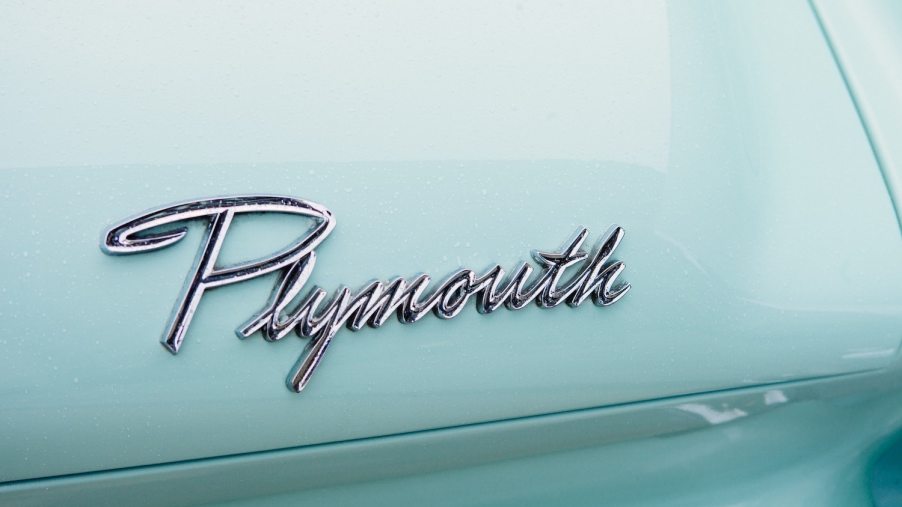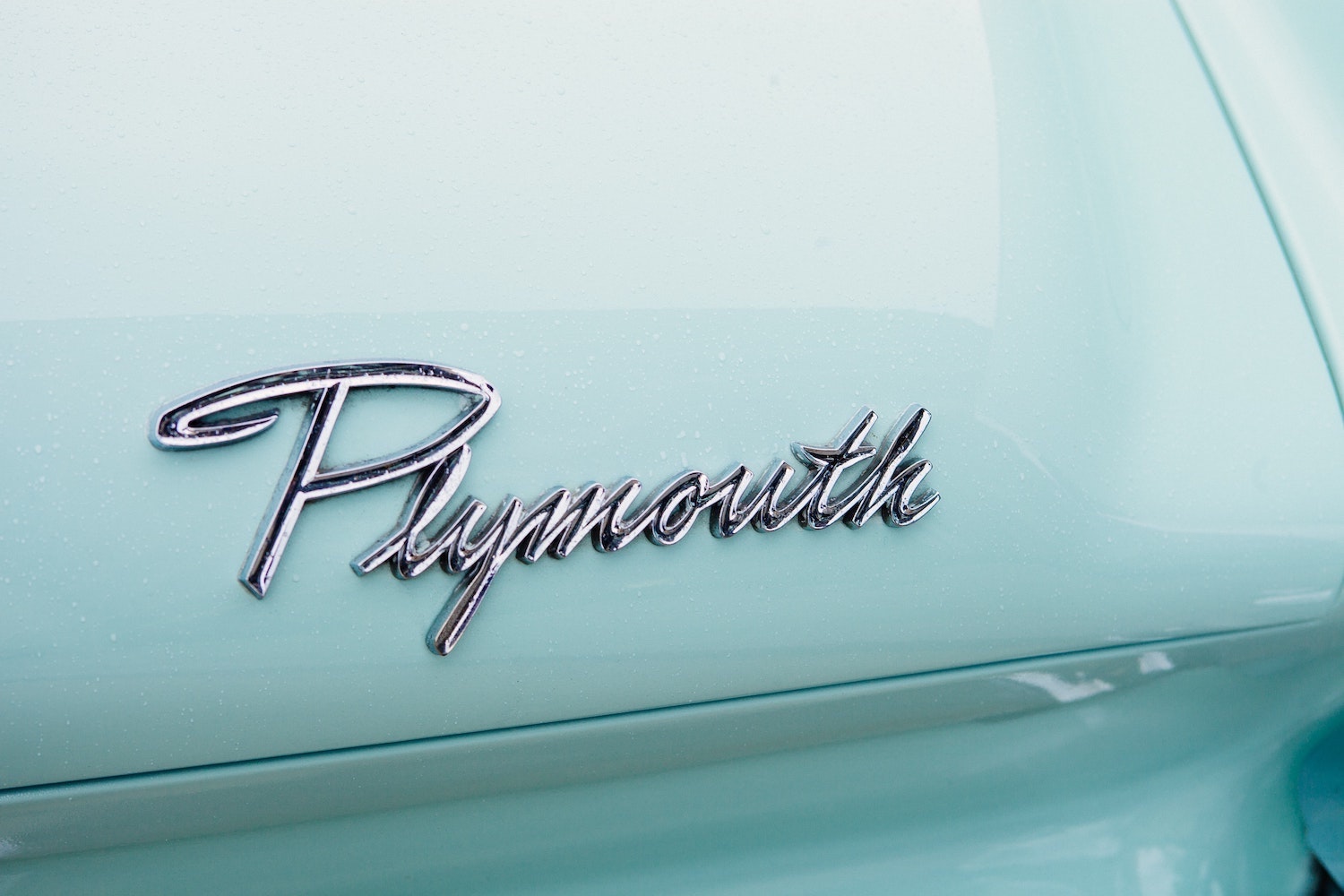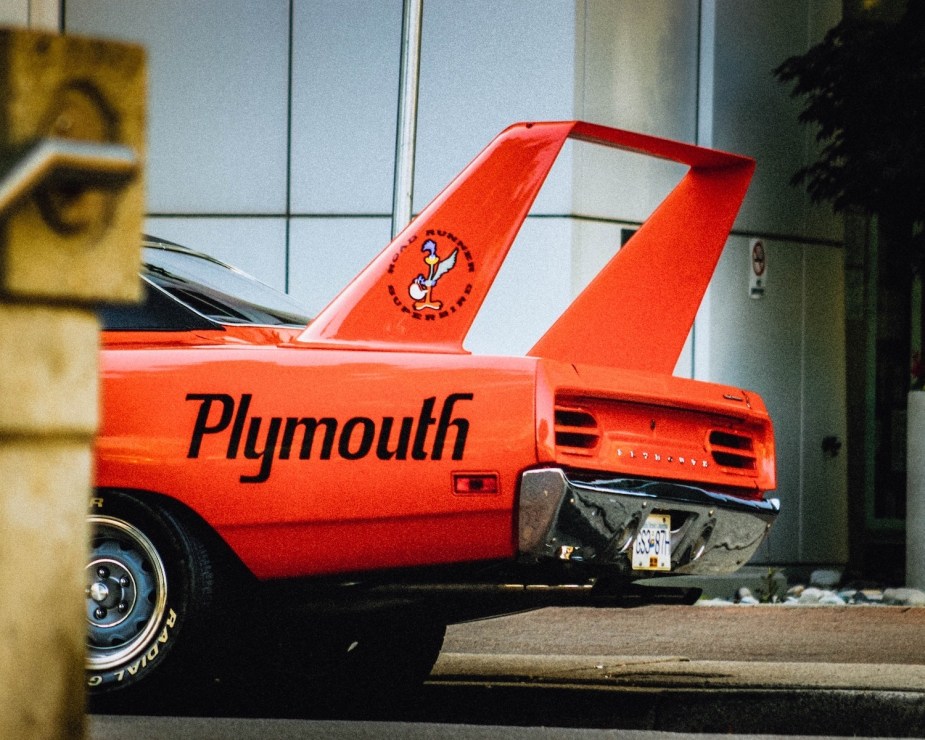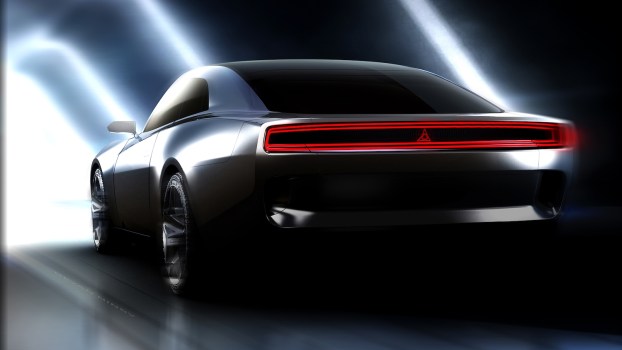
Stellantis: For the Love of Dodge, Revive Plymouth as an EV Sub-Brand!
Dodge has a branding problem. The automaker has built a reputation on all-out V8 muscle cars. But now its parent company–Stellantis–is pushing for Dodge to pivot towards an electric future. Dodge’s solution, so far, has been to keep a foot in both camps: CEO Timothy Kuniskis is promising electric cars and PHEVs in production next year, while also urging V8 fans to buy up “Last Call” Chargers and Challengers this year. This approach threatens to piss off both EV and ICE fans simultaneously An electric sub-brand would solve this problem. And luckily, Stellantis has a beloved brand up for the task: Plymouth.
Electric sub-brands are becoming common

Dodge is not the only company with this type of branding issue. Many automakers have established a base of internal combustion enthusiasts. They may want to establish themselves as competitors in the electric space, but not risk destroying their existing base.
One sub-brand example is General Motors’ resurrecting the Hummer. In this way, it was able to sell an electric supertruck based on its Ultium drivetrain without diluting the Silverado or Sierra nameplates. If the Hummer EV had been a flop, GM could have canceled the project and the Hummer name. But after the Hummer’s success, we’ll see this Ultium technology featured in a future Silverado EV.
Another branding example is the merger of Bugatti and Rimac. It stands to reason that Rimac will continue making electric supercars, while Bugatti may try to build hybrid or plug-in hybrid supercars.
Stellantis is not against sub-brands. Wagoneer is a new luxury sub-brand of Jeep. Stellantis revived the Jeep Wagoneer, but without any Jeep badging. This Ram-based third-row SUV is available at Jeep dealerships, but is not technically a Jeep.
Plymouth always marched to the beat of its own drum

As Chrysler Corporation brands go, Dodge was the biggest, Chrysler was the most luxurious, and Plymouth was supposed to be budget-friendly. But Plymouth endeared itself to car buyers with its quirky personality and creative projects.
For example, when Chrysler Corporation (also called Mopar) directed Plymouth to engineer a compact “people mover” it penned the legendary 1960 Plymouth Valiant. This model got rebadged as the Dodge Dart and legends such as the Demon. As if that wasn’t enough, Plymouth then launched a fastback Valiant package called the Barracuda in 1964. This was the first pony car, hitting the market months before the Mustang.
Dodge continually tried to reign in Plymouth. But even with its limited budget, the brand continued to engineer some of the most beloved classic cars of all time.
Chrysler Corporation closed down Plymouth in 2001. Its final project, the pioneering crossover PT Cruiser, was redesigned as a Chrysler. Since then, Plymouth has attained a sort of cult status. Mopar muscle fans looking for an even more unique vehicle, seek out an orphaned Plymouth.
Today’s mainstream car buyers, even many young ones, fondly remember quirky Plymouth vehicles from their childhood. One example is the 1994 Plymouth Grand Voyager elevated to immortality in the Black Keys’ album art.
Imagine Dodge EVs as Plymouths instead
Imagine for a second that the lackluster Dodge Hornet–a rebadged I4 Alfa Romeo supposed to be the new “gateway” to muscle–had brave 1980s styling similar to the Hyundai Ioniq5. Heck, give it turbine rims and rear window louvers. Next, badge it as a Plymouth and offer a hybrid version at Ford Maverick prices. Finally, give it a memorable Plymouth name like Arrow, Laser, Volaré, Satellite, or Fury.
The result would take the auto market by storm. Firstly, the resurrection of Plymouth would make headlines. But secondly, the result would be a unique, affordable vehicle with decent performance. It would tug at the vintage-loving heartstrings of millennial EV buyers. When Stellantis expanded to a PHEV and fully electric version of its Plymouth hot hatch, it could even resurrect the “Rapid Transit System” badge across all its EVs.
Need a halo car to sell hot hatches? That could be a Plymouth too. Muscle car enthusiasts have long wondered about a special edition of the third-generation Dodge Challenger with a Barracuda badge. Surprise everyone and slap the Plymouth Barracuda badge on the first eMuscle car instead: the 2024 Dodge Charger Daytona SRT Banshee concept. (The current name is a mouthful anyway).
Again, resurrecting the Plymouth Barracuda would make headlines. But bringing it back as an electric supercar that makes 800 horsepower would make waves that could rock Detroit. You could even lean into the brutalist 1980s design that makes the Cybertruck so divisive and end up with an eMuscle car impossible to ignore.
Next, want to build an American hypercar on Maserati’s upcoming electric skateboard chassis? Great, call your Rimac-killer the Plymouth Prowler. Best of all, Dodge could continue selling its V8s until its Plymouth sub-brand proves a market for powerful EVs. So dear Stellantis: for the love of Dodge, please resurrect Plymouth as a PHEV and EV sub-brand.




